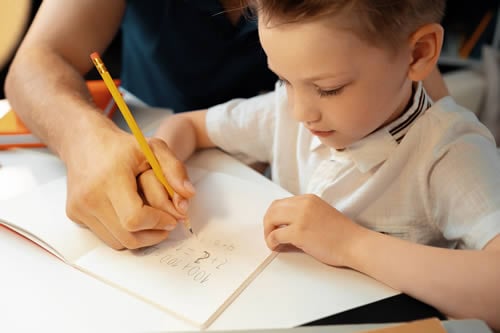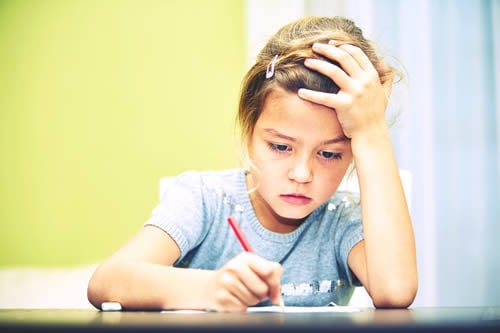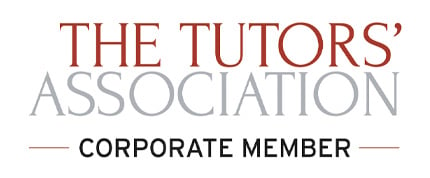Have you heard of dysgraphia? Even if you are aware that it’s the formal term for difficulties with handwriting, perhaps you’ve never given it much thought. After all, not many of us are able to write with a perfect, copperplate script and even doctors are renowned for their illegible scrawl.
How much of a problem can dysgraphia be?
Surprisingly, it’s a very complex condition and often a significant factor in many other neurological disorders such as dyslexia, dyspraxia, ADHD and autism. And when you consider that most classroom learning involves some kind of handwriting, even for very young children, you can begin to see how challenging school becomes for those who find it difficult.
Physical and Cognitive Components

Marissa, a primary school teacher and SEN tutor, has a son with dyspraxia, dyslexia and Irlen’s Syndrome (a disorder where people have difficulty with visual processing). Dysgraphia is another facet of his neurodiversity.
People with the condition can have problems with the physical act of writing, she explains – often linked to dyspraxia, which affects things like balance, co-ordination and posture. However, a person may also have issues with processing information and composition which could be connected to language disorders, dyslexia or sensory issues.
“Some experts debate which of these aspects is more relevant,” she continues, “but I believe dysgraphia is probably a combination of both physical and perceptual challenges. As with all special needs, it’ll be different for each person.”
Signs of Dysgraphia

On the physical front, children with dysgraphia will probably be reluctant to write, Marissa points out. Their hands may tire easily and they may also lack sufficient strength in their wrists and shoulder muscles.
In addition, they may find it difficult to:
- Hold a pencil
- Apply the correct pressure
- Sit up straight
- Balance themselves as they work by resting their non-dominant hand on the desk
Writing by hand also requires finger isolation, she carries on – that is, using the thumb and index finger in a pincer movement while the other three digits balance the hand – which again may be tricky for someone with dysgraphia.
“That requires quite a lot of executive function from someone, even before they start composing what they want to say and adding full-stops and capital letters,” she comments. “It’s a bit like driving a car. Some people can steer, others may be good at operating the pedals, but doing it all together takes a lot of co-ordination.”
On the perceptual front, children with dysgraphia may find it difficult to space words on the page or follow margins or might have trouble associating sounds with letters. “You can show them a book and how words are spaced out to make them easier to read, for example,” Marissa continues. “They can understand the concept but that’s completely different to being able to do it.
“In the same way, copying work from the board also requires a range of skills,” she adds. “It involves visual perception, memory, and auditory memory and you have to be able to write fast enough to keep up.”
And although dysgraphia doesn’t interfere with someone’s ability to understand maths, she says, it can make solving word-based problems or algebra very challenging.
Making Handwriting Easier

Fortunately, Marissa says, there are lots of ways to help people with dysgraphia.
- Swimming
- Jumping on a trampoline
- Doing sit-ups
Strengthen core muscles, she says, which in turn, helps with co-ordination and the physical act of maneuvering a pencil across a page.
- Picking up items with tweezers
- Squeezing things
- Pressing the trigger on a spray bottle
Strengthens hands and wrists and improve fine motor skills, she advises, while repeatedly tracing large letters on a wall can reinforce muscle memory and the link between sounds and shapes.
She helps students follow margins by placing a green dot on the left of the page where they must start and a red dot on the right where they must finish and teaches word-spacing by getting students to verbally compose a sentence and then insert each word in the correct dash across the page.
Identifying Individual Problems
Because every child will have their own particular difficulties, it’s important to identify exactly what these are in order to help them improve, Marissa concludes. “As a teacher or tutor, you have to help a student become self-aware enough to work out what their problems are. This can take a while but if you’ve built a good relationship with them, they will hopefully trust you enough to tell you what they find difficult.”




